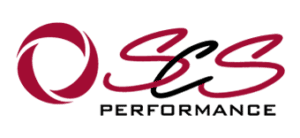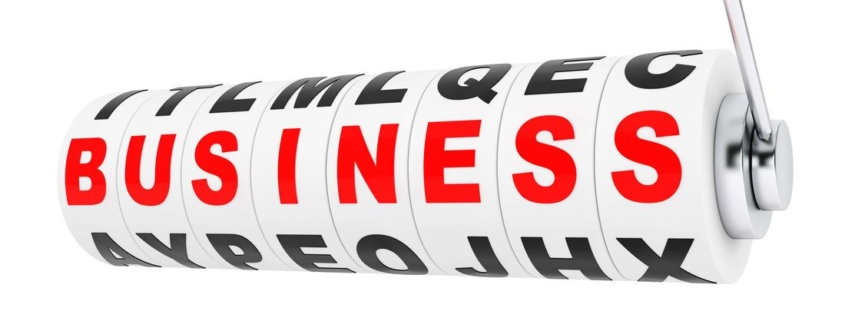Is Your Business Viable? A Comprehensive Evaluation Guide
Is my business viable?
This question comes in various forms from concerned business owners – but for me, it’s not so much a case of whether the business is viable – but more of whether the product/service they are selling is viable.
So the better question is really; is my product or service viable?
Running a successful business is all about having a number of business elements all working together to provide a solid outcome or profit. If any of these elements are not correct or are out of alignment, then performance suffers – which is around the time the “viability” questions start to appear.
When I look at business from the perspective of viability, I start at the product or service it is providing. From a simplistic viewpoint – if the product is not viable then the business is going to struggle, or at the very best – not reach its potential (ie. even poor ice-cream will sell on a hot day at the beach!)
The viability tests I run through include the following;
- Quality – what is the pitch point, is it high or low and does it actually do what it claims to? There is room for high and low quality, but you need to ensure that this aligns with pricing and sales distribution.
- Price – look at factors such as the price relative to its market, its size, whether it is a discretionary, time-critical and how much range in the price is in the market.
- Uniqueness – what is different or special about the offering? This may be location, customisation, availability, colour, size, taste etc, or it may be very generic. All of these can be viable business models to follow, but again – the pricing and marketing need to align.
- Market – in simple terms, who will buy your product or service? I’m seeking to understand how many potential clients are out there for your product. Consider also how they find you and what are their drivers to buy your product. The ability to market to your client is naturally a key point in the market assessment, if your clients don’t know you exist or can’t find you, then it’s going to be difficult to service them.
- Lastly it’s Volume of opportunity. Many products can be sold, but for a number of these you may need to sell a lot before the product is viable. This could be due to larger set up costs, or perhaps they simply occupy a low price point (and margin) so require a high volume to compensate.
Armed with these five indicators, Quality, Price, Uniqueness, Market and Volume, a reasonable assessment of the products viability can be made. Naturally a detailed assessment may be required in some instances, but for most – if you consider these key 5 then the answer tends to be pretty clear.
Assuming that you get past the product viability question, then I move on to some business oriented assessment points.
– Structure
Whether it be a small business with 5 staff or an established firm of 25+, from a viability perspective structure can represent processing efficiency and overhead cost. Processing efficiency is a critical feature for some products, perhaps being the speed of manufacture or how fast it can be delivered. If your pricing promises “immediate delivery” yet your operations can only deliver in a week – then something is going to end in tears. Equally the larger the structure the more cost needs to be recovered, so whilst this may enable you to be very responsive – the customer must pay for the privilege (otherwise you will).
– Capital
A lack of capital can be a killer for business, as it will impact on its cash and stock position meaning that it may not have sufficient cash to operate the business. Equally, low capitalisation will restrict its ability to raise debt, fund equipment and invest in appropriate marketing.
– Leadership
You have most likely seen businesses which have succeeded principally due to the drive and vision of their owner. Whilst most businesses can get by with a lesser calibre of leader – they still need one! Businesses which are rudderless with no-one making the decisions, no-one advocating for the business or pushing for new products/ideas etc, tend not to do so well.
– Culture
So very important for any business – small or large, with the quality of the culture generally a reflection of the quality of leaders or leadership in the business. Often I describe culture as being the atmosphere in the business, or the “way we do things”. A positive culture will look for solutions, strive for improvement, be open in communication (good or bad) and generally have a high level of output. A strong culture will frequently compensate for small failings in other areas.
– Business Disciplines
For some this will be the boring items, but for those who are successful – will recognise these as essential disciplines. Regular and relevant performance reporting, forward business planning and strategies, cashflow forecasting, performance reviews and margin analysis. Knowing what you are trying to achieve, how you are going to get there and assessing your performance against these will provide a greater level of success than without them. The old line of “failing to plan is planning to fail” always seems to be true.
So when you are next considering the question of viability – consider first the products viability against Quality, Price, Uniqueness, Market and Volume. Then move onto some business oriented assessments such as Structure, Capital, Leadership, Culture and Business Disciplines.
Remember always – having the correct product or service is paramount- as if you don’t have that – then having the best structure and reporting mechanism will mean very little!












